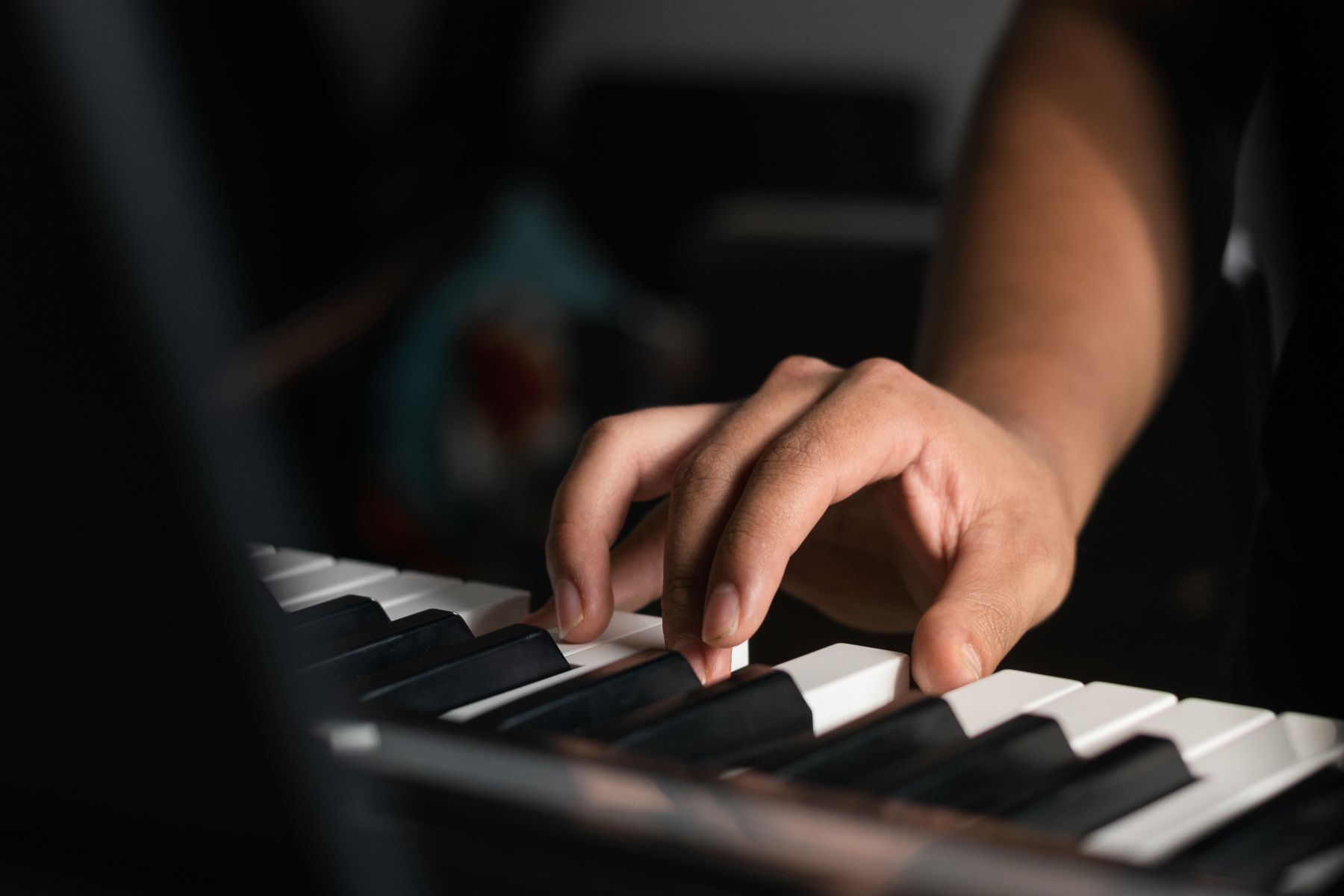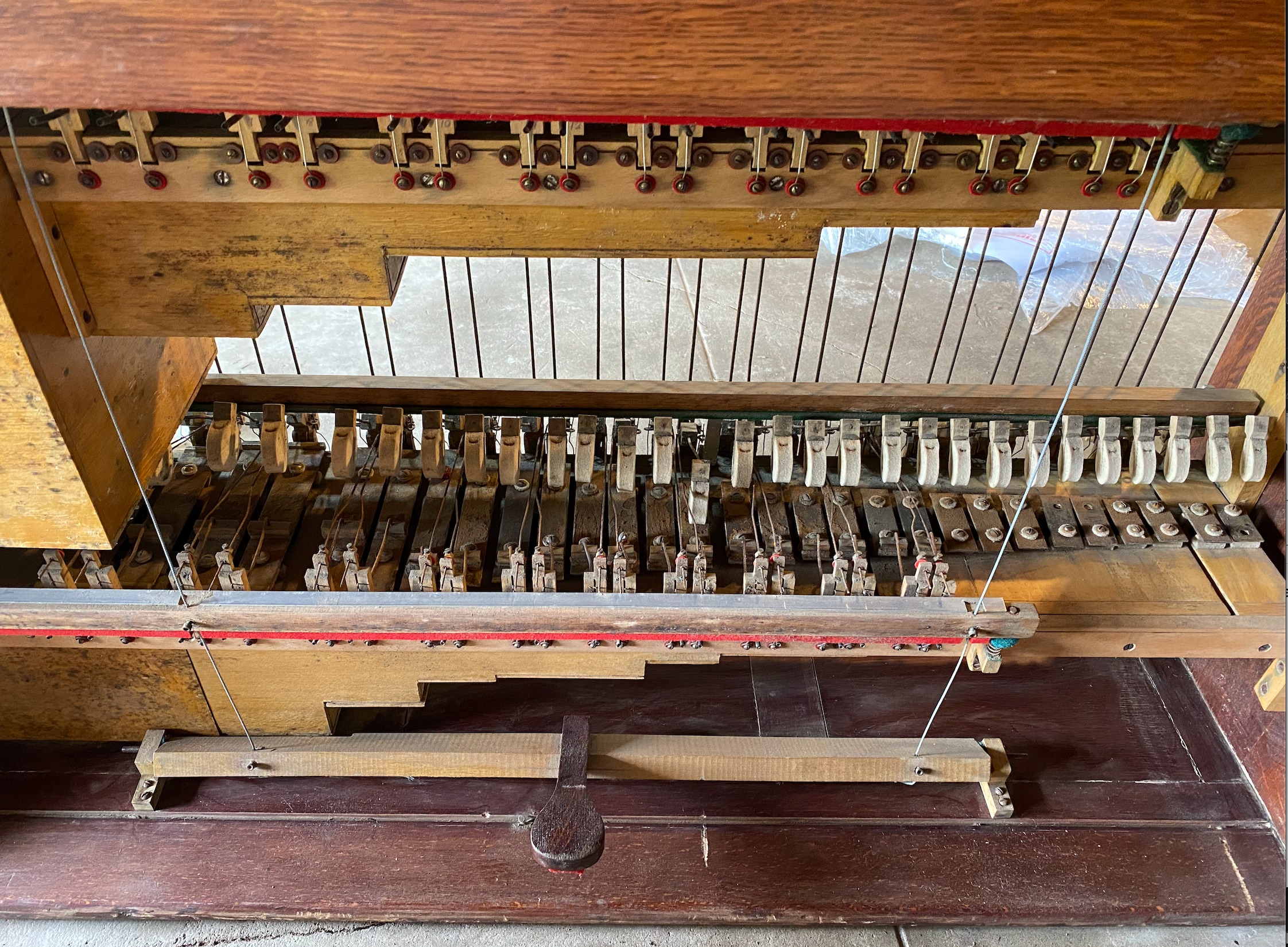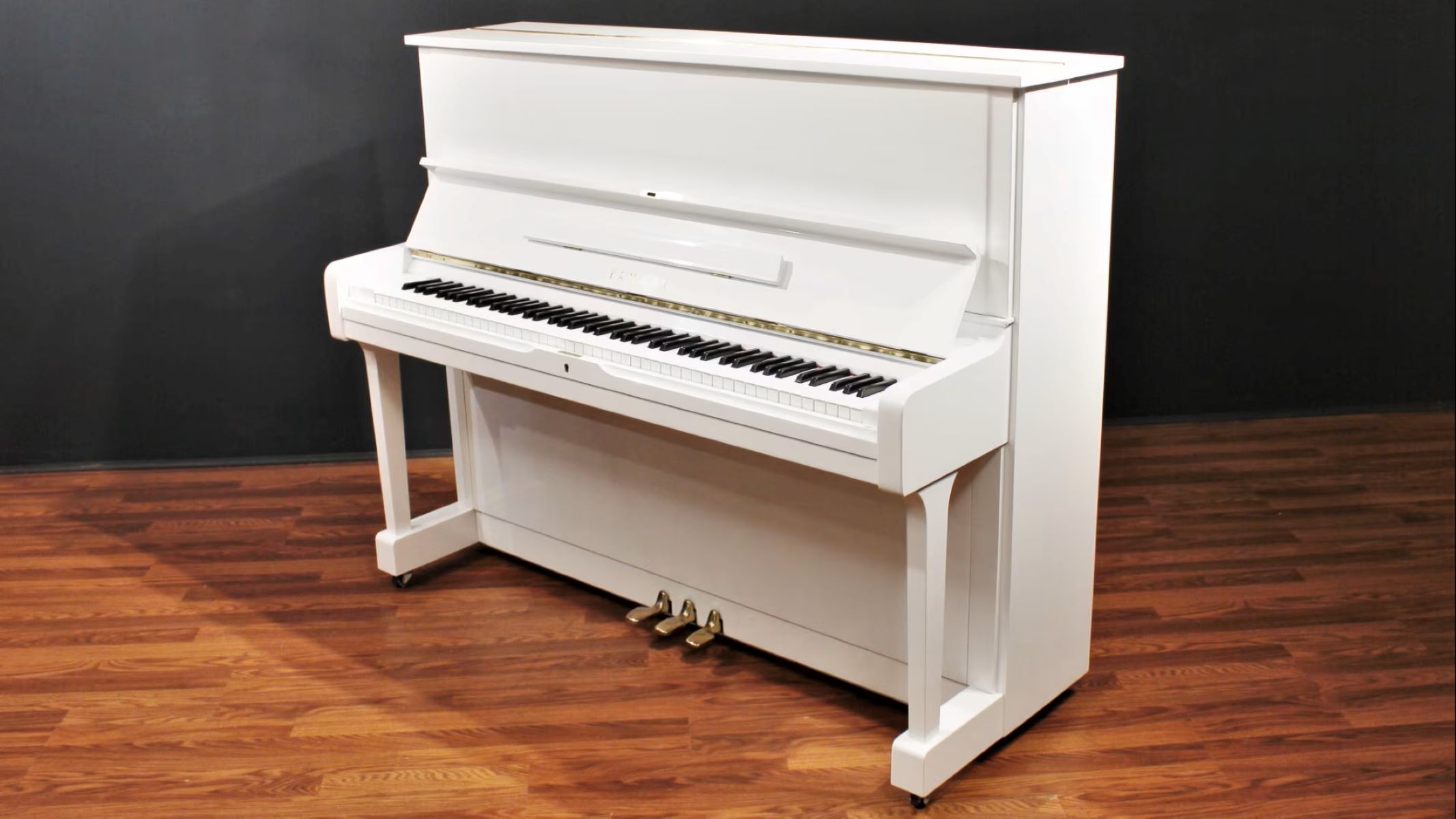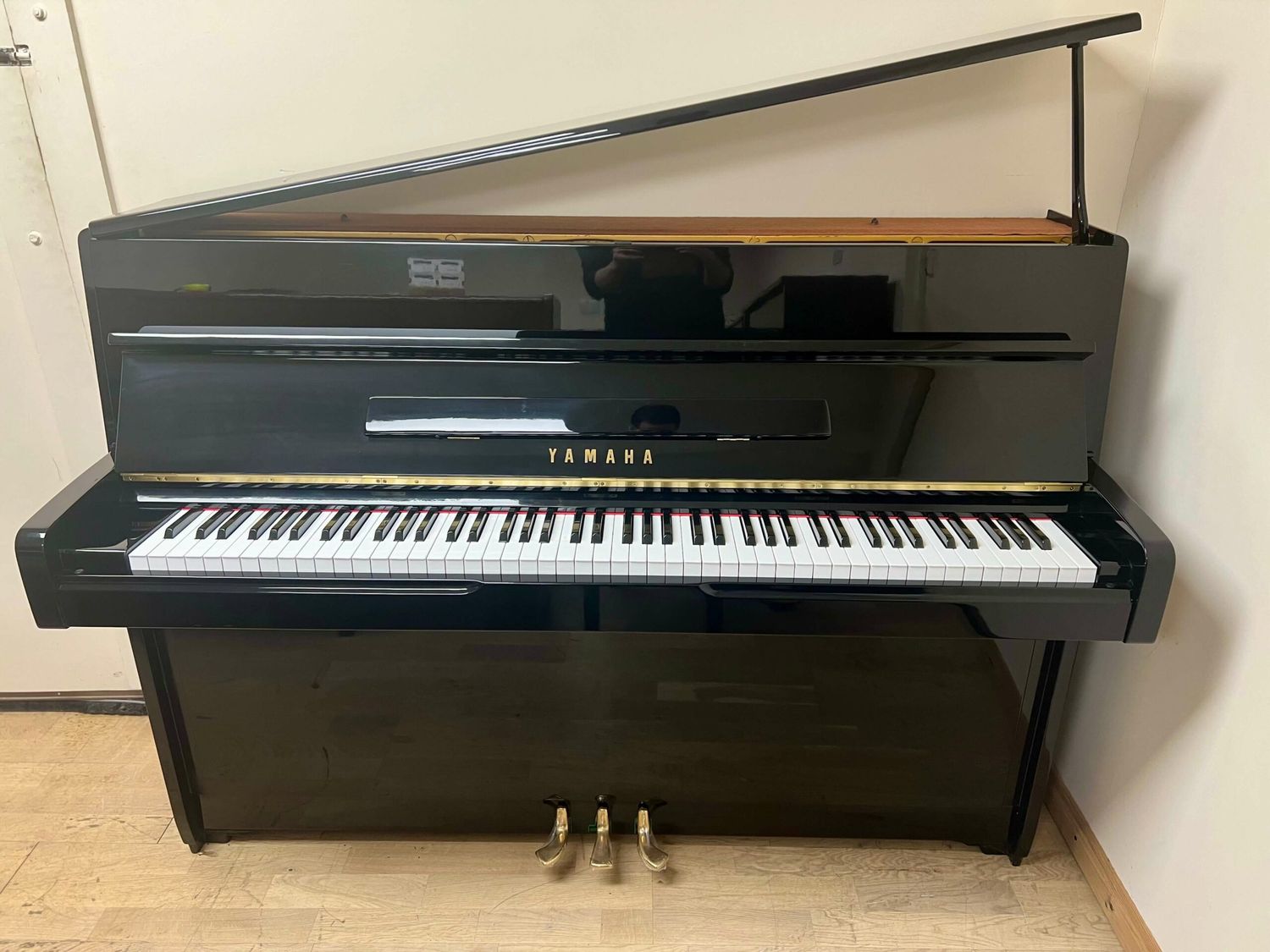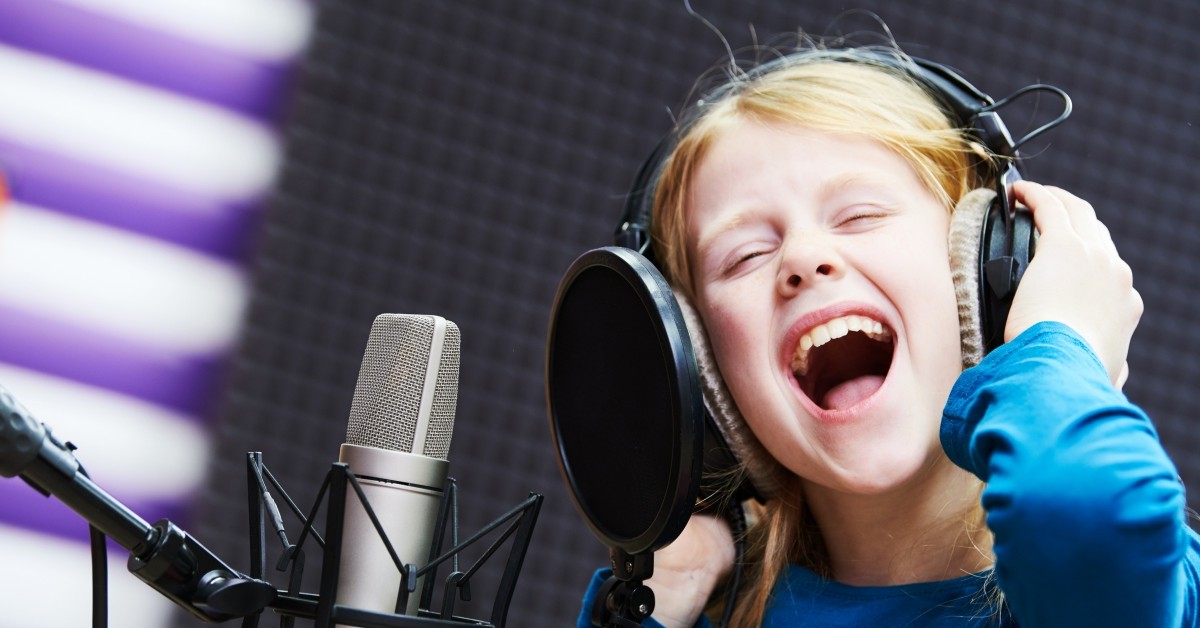Home>Instruments>Piano>What Is Piano Voicing
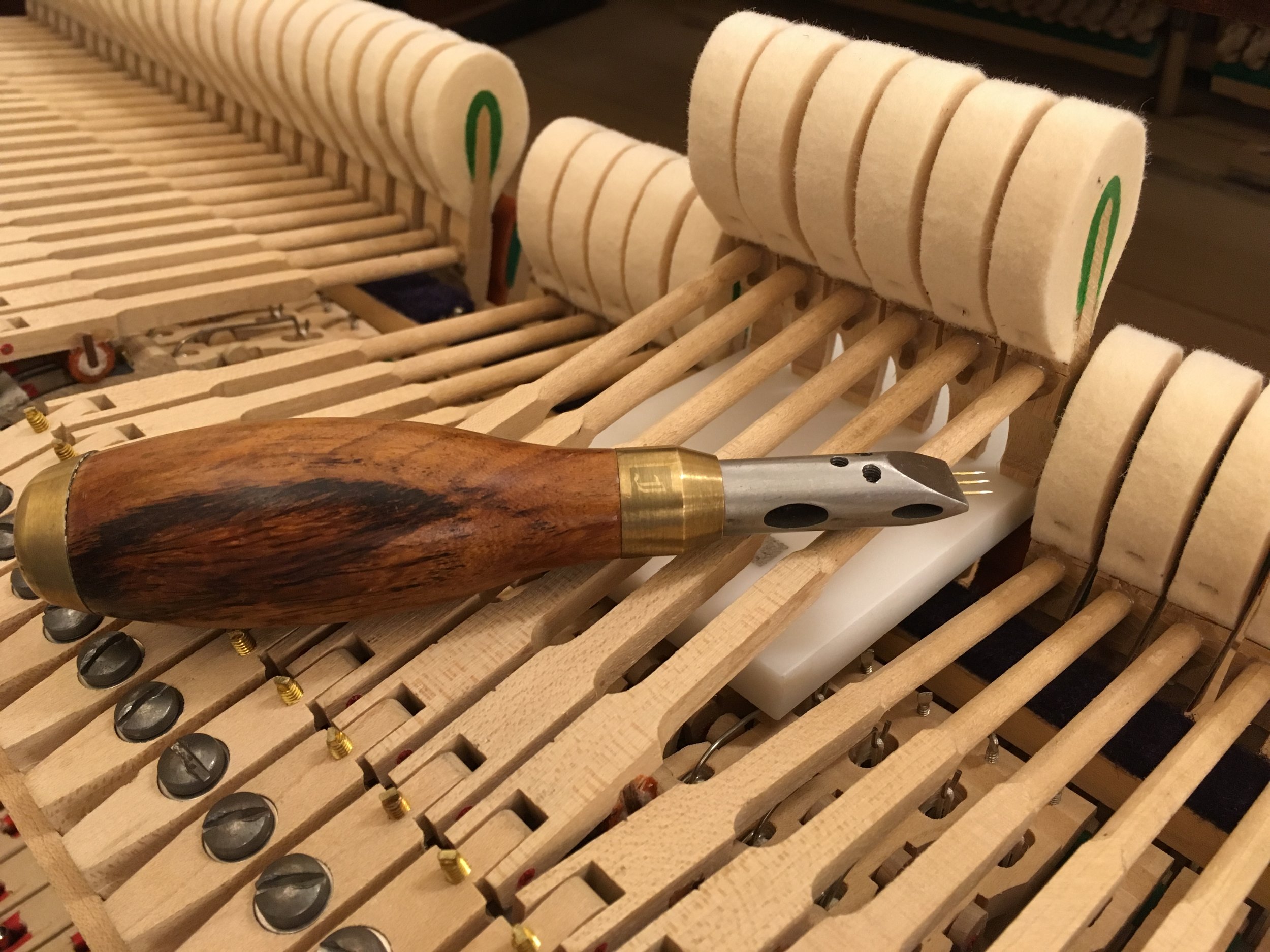

Piano
What Is Piano Voicing
Published: February 10, 2024
Learn about piano voicing and how it can enhance the sound and tone of your piano. Discover the importance of piano voicing for achieving the perfect musical expression.
(Many of the links in this article redirect to a specific reviewed product. Your purchase of these products through affiliate links helps to generate commission for AudioLover.com, at no extra cost. Learn more)
Table of Contents
Introduction
The Art of Piano Voicing
The world of piano playing is a rich tapestry of techniques and skills, each contributing to the instrument's unique and captivating sound. One such crucial aspect is piano voicing, a process that greatly influences the instrument's tonal quality and character. Piano voicing is an art form in itself, requiring a delicate touch and a deep understanding of the instrument's inner workings.
When a piano is voiced, it undergoes a transformation that can elevate its sound from ordinary to extraordinary. The process involves adjusting the density and elasticity of the hammer felt, which directly impacts the piano's tonal characteristics. By carefully shaping and needling the hammer felt, a skilled technician can bring out the instrument's full potential, enhancing its tonal clarity, richness, and dynamic range.
Piano voicing is a meticulous and intricate craft that demands both technical expertise and a keen ear for tonal nuances. It is a process that can breathe new life into a tired instrument, allowing it to sing with renewed vigor and expressiveness. As we delve into the world of piano voicing, we will explore its definition, importance, techniques, and the factors that influence this transformative art form. Join us as we unravel the mysteries behind the captivating realm of piano voicing.
Definition of Piano Voicing
Understanding the Essence of Piano Voicing
Piano voicing, often referred to as tone regulation, is the process of shaping and refining the hammers of a piano to achieve a desired tonal quality. This intricate procedure involves manipulating the density and texture of the hammer felts to produce a specific sound. By altering the hammers’ characteristics, a technician can customize the instrument’s tone, enhancing its expressiveness and overall sonic profile.
At its core, piano voicing aims to optimize the instrument’s tonal clarity, responsiveness, and dynamic range. Through meticulous adjustments, the technician can transform a piano’s voice, imbuing it with warmth, depth, and resonance. The process is akin to sculpting the instrument’s sonic identity, allowing for a personalized and refined tonal output.
It’s important to note that piano voicing is not a one-size-fits-all endeavor. The approach can vary depending on the instrument’s make, model, and condition, as well as the player’s musical preferences. A skilled technician takes into account a myriad of factors, including the hammer felt’s density, shape, and striking point, to achieve the desired tonal characteristics.
Ultimately, piano voicing is a harmonious marriage of art and science, requiring a deep understanding of acoustics, materials, and musical expression. It is a transformative process that elevates the piano’s sonic potential, allowing it to convey a wide spectrum of emotions and musical nuances.
Importance of Piano Voicing
Elevating the Musical Experience
The significance of piano voicing cannot be overstated, as it directly impacts the instrument’s ability to convey emotion, musicality, and nuance. A well-voiced piano possesses a rich and varied tonal palette, allowing the player to express a wide range of emotions through their performance. Here are several key reasons why piano voicing holds such paramount importance:
- Expressiveness: A finely voiced piano responds to the player’s touch with sensitivity and nuance, enabling the conveyance of subtle musical expressions. The instrument becomes an extension of the pianist’s emotions, allowing for deeply moving and evocative performances.
- Tonal Balance: Through voicing, the technician can ensure that the piano’s treble, midrange, and bass registers are balanced, resulting in a cohesive and harmonious sound across the entire keyboard. This balance is essential for creating a captivating and unified sonic experience.
- Dynamic Range: Well-executed voicing expands the piano’s dynamic range, allowing for nuanced control over volume and expression. From delicate pianissimos to thunderous fortissimos, a well-voiced piano can articulate a wide spectrum of dynamics, enriching the musical narrative.
- Personalization: Piano voicing enables the customization of the instrument’s tonal character to suit the player’s artistic preferences. Whether seeking a warm, mellow tone or a bright, brilliant sound, voicing empowers pianists to shape their sonic identity.
- Longevity: Proper voicing contributes to the longevity of the piano’s hammers and strings, as it promotes even wear and minimizes tonal inconsistencies. This ensures that the instrument maintains its tonal integrity over time, providing enduring musical enjoyment.
Ultimately, piano voicing is not merely a technical procedure; it is an artful endeavor that enriches the musical experience for both players and listeners. A well-voiced piano possesses the ability to captivate and inspire, breathing life into musical compositions and connecting audiences with the profound beauty of sound.
Techniques for Piano Voicing
The Artistry of Refinement
Voicing a piano requires a nuanced approach and a deep understanding of the instrument’s mechanics. Skilled technicians employ a variety of techniques to shape the hammers and refine the instrument’s tonal characteristics. Here are several fundamental techniques utilized in the delicate art of piano voicing:
- Needling: This technique involves carefully needling the hammer felt to adjust its density and uniformity. By strategically inserting needles into the felt, the technician can modify its structure, resulting in a more refined and consistent tonal response.
- Shaping: Shaping the hammers entails meticulously sculpting the contour of the felt to optimize its contact with the strings. This process influences the hammer’s striking point and surface area, directly impacting the tonal quality and responsiveness of the piano.
- Voicing Tools: Technicians utilize specialized voicing tools, such as voicing needles, sandpaper, and lacquer, to refine the hammers and achieve desired tonal effects. These tools enable precise adjustments to the hammer felt, allowing for customized tonal shaping.
- Regulation: In addition to voicing the hammers, regulating the piano’s action is essential for achieving optimal touch and tonal control. Proper regulation ensures that the hammers are aligned and spaced correctly, contributing to a consistent and expressive playing experience.
- Listening and Evaluation: A critical aspect of piano voicing involves attentive listening and evaluation. Skilled technicians rely on their discerning ears to assess the instrument’s tonal characteristics, making subtle adjustments to achieve the desired tonal balance, clarity, and resonance.
It’s important to note that piano voicing is a highly personalized process, tailored to the unique qualities and playing environment of each instrument. A skilled technician approaches voicing with a blend of artistry and technical expertise, striving to unlock the instrument’s full sonic potential and responsiveness.
By employing these techniques with precision and artful sensitivity, technicians breathe new life into pianos, allowing them to sing with unparalleled expressiveness and tonal beauty.
Factors Affecting Piano Voicing
The Interplay of Variables
Several factors come into play when considering the voicing of a piano, each exerting a significant influence on the instrument’s tonal characteristics and responsiveness. Understanding these factors is essential for achieving optimal voicing results and tailoring the instrument’s sound to meet the player’s artistic preferences. Here are key factors that affect piano voicing:
- Hammer Hardness: The hardness of the hammer felt directly impacts the piano’s tonal quality. Harder hammers produce a brighter and more brilliant sound, while softer hammers yield a warmer and mellower tone. Voicing techniques are employed to adjust the hardness and achieve the desired tonal balance.
- Hammer Felt Density: The density of the hammer felt influences the piano’s dynamic range and tonal projection. Dense felts can produce a more powerful and focused sound, while less dense felts may result in a softer and more diffuse tonal character. Voicing techniques are utilized to optimize the felt density for the desired tonal response.
- Playing Environment: The acoustic environment in which the piano is situated can significantly impact its tonal characteristics. Factors such as humidity, temperature, and room acoustics can affect the piano’s sound, necessitating adjustments in voicing to ensure consistent tonal quality and responsiveness.
- Instrument Age and Condition: The age and condition of the piano can influence its tonal characteristics. Older pianos may exhibit tonal inconsistencies and wear in the hammers, requiring skilled voicing techniques to rejuvenate and optimize their sound. Newer instruments may benefit from initial voicing to enhance their tonal potential.
- Player Preferences: The artistic preferences of the pianist play a crucial role in voicing the instrument. Whether seeking a bright, powerful sound for virtuosic repertoire or a more subdued, lyrical tone for expressive playing, the technician tailors the voicing process to align with the player’s musical vision.
By considering these factors in conjunction with the piano’s make and model, a skilled technician can craft a tailored voicing approach that maximizes the instrument’s sonic potential and responsiveness. The interplay of these variables underscores the nuanced and personalized nature of piano voicing, highlighting its role in shaping the instrument’s sonic identity.
Conclusion
Elevating Artistry through Piano Voicing
In the realm of piano craftsmanship, voicing stands as a transformative art form that breathes life and character into the instrument’s sound. Through meticulous adjustments and artful refinement, skilled technicians harness the interplay of variables to shape the piano’s tonal identity, unlocking its full expressive potential.
Piano voicing is not merely a technical procedure; it is a symphony of artistry and expertise, culminating in an instrument that resonates with depth, nuance, and emotion. The importance of voicing cannot be overstated, as it empowers pianists to convey their musical narratives with unparalleled expressiveness and tonal beauty.
From needling and shaping the hammers to considering factors such as hammer hardness, felt density, and playing environment, the voicing process is a harmonious dance of variables, each contributing to the instrument’s sonic tapestry. It is a personalized endeavor, tailored to the unique qualities and artistic aspirations of the player.
Ultimately, piano voicing transcends the realm of technical adjustments; it is an artistic dialogue between the technician, the instrument, and the musician. It is a testament to the enduring pursuit of sonic excellence and the profound connection between craftsmanship and musical expression.
As pianos continue to inspire and captivate audiences around the world, the art of voicing remains an essential pillar of the instrument’s enduring allure. Through the hands of skilled artisans, pianos are imbued with a voice that resonates with the profound beauty of sound, enriching the musical landscape and elevating the artistry of piano performance.


